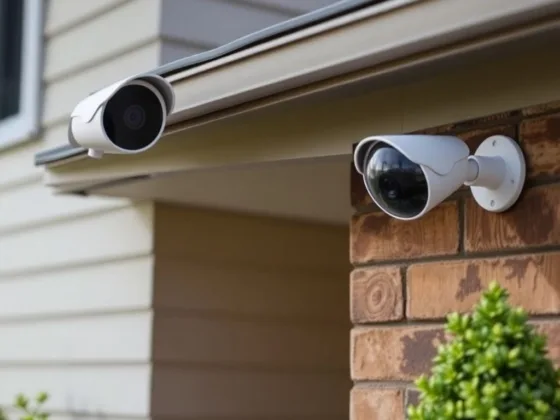Table of Contents Show
Each of us seeks to maximize the floor area of our homes and improving the viability of the basement as a functional living area is an excellent approach to accomplishing precisely that.
If you’re looking to transform your cellar into a meaningful space, you must begin with the floor.

Selecting the best flooring for your basement conforms to specific norms contrary to other areas in your home. As such, if you make the wrong choice, it can be devastating.
Today, there are several alternatives for the excellent flooring of your basement carried out by contractors like Manta Property Service Group.
Companies are cognizant that the market demands beautiful, resilient, modern, and environmentally sustainable solutions; this makes the basement floor industry no exception.
The phrase “below grade” in the construction industry means manufacturers have created the material for basement or underground construction work.
Basement Floor Concepts
Flooring options are considerably more refined and elegant. You can achieve various possibilities for your cellar in the same way you would for other sections of your home.
However, you should avoid solid wooden flooring due to its sensitivity to moisture and temperature fluctuations.
At the same time, it’s costly and susceptible to warping and splitting; this makes it a significant gamble that’s not worthwhile.
But if you want to get a wooden appearance, do not worry because there are numerous alternatives to fulfill your woodgrain aspirations.
1. Concrete
Concrete flooring designs are popular presently, partly for their DIY-friendly sleek aesthetic and also for their affordability.
If money is a primary consideration or you only intend to utilize the basement area as your workspace or fitness room, painting could be your best bet.
Most importantly, you want to go with concrete floor paints while following the procedures on the package carefully, from surface preparation, distribution, and drying duration.
Interestingly, concrete has a wide range of finishing choices, including stain, epoxy finish, and acrylic paint.
Read Also:
2. Carpet
Although the thought of carpeting underground seems unreasonable, its coziness, broad range of designs, and price points make it appealing as a basement surface alternative.
You may be concerned about the vulnerability of carpets to moisture; thankfully, you can purchase moisture-resistant cushions.
Even better, most synthetic under-grade carpets are resistant to mold and mildew. If you’re concerned about stainings or spillages, choose carpet rolls, tiles, or squares because they’re easy to set up and change.
3. Cork
The adoption of cork, which is a textile, is growing. Further, it’s porous, soft, environmentally friendly, inherently antibacterial, and waterproof, making it an ideal option for wet basements.
Nonetheless, it may exhibit scrapes and excessive wear – and – tear, hence evaluate your lifestyle when purchasing it. Its other upside would be its affordability for replacement.
4. Epoxy Floor Coatings
Epoxy is a flooring paint that solidifies into a dense, rigid resin when it dries. On top of that, epoxies are long-lasting and are among the few cellar flooring alternatives that easily attach to concrete.
Besides, you can apply their two-part coating the same way you would with paints. The only difference would be that epoxy produces a dense layer that’s generally finer, more enduring, and simpler to maintain.
If your cellar is prone to wear, liquid spills, or leakages, epoxy could be the way to go for you. Just like paints, it is an excellent option for home gyms and working spaces.
You can sprinkle fine sand or plastic flakes to surfaces immediately following an epoxy application to complement the floor’s color and texture.
Ensure that you read the maker’s directions for any safety concerns since some epoxies emit toxic vapors during application.
5. Ceramic Tiles
Ceramic tiles are a standard underground flooring option because of their durability and variety of design possibilities.
Aside from the wide variety of natural designs, ceramic tiles are lauded for their water-repellent properties; nevertheless, they can be slippery if moisture develops, therefore go for an anti-slip finishing with them.
6. Engineered Wood
Engineered wood comes from thin slices of wood bonded to the core of plywood. Many people opt for this manufactured flooring because of its numerous pros.
The designs and styles available in this category are extensive, long-lasting, simple to install, and maintain.
7. Laminate
Laminate flooring, like engineered wood, is made by bonding plastic resin overlay to the plywood base.
They can be misleading because several look like ceramic tiles, stones, or wood; hence, they appeal to people with a minimal budget who desire to achieve an upmarket aesthetic of organic materials.
As an added benefit, several kinds are resistant to fungi and humidity; this makes them excellent for wet basements.









